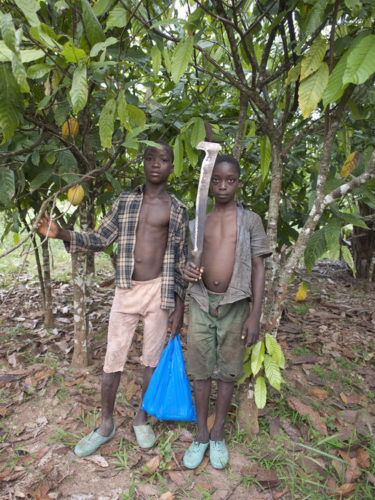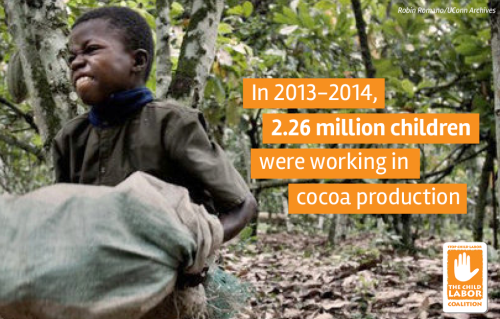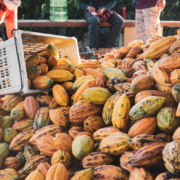Global Civil Society Statement on Child Labour in Cocoa, June 12th, 2021
Today, June 12th, is the International Day against Child Labour. On this day, as a large group of civil society organisations working on human rights in the cocoa sector across the world, we urgently call on chocolate & cocoa companies and governments to start living up to decades-old promises. The cocoa sector must come with ambitious plans to develop transparent and accountable solutions for current and future generations of children in cocoa communities.
This year marks the twentieth anniversary of the chocolate industry’s promise to end child labour in the cocoa sector of Ghana and Cote d’Ivoire, a commitment they made under the 2001 Harkin-Engel Protocol and renewed again with the 2010 Framework of Action. Furthermore, it is the International Year for the Elimination of Child Labour.
This year should have been a landmark in the fight against child labour in cocoa. Instead, the cocoa sector as a whole has been conspicuously quiet on this topic.
Child labour is still a reality on West African cocoa farms, and there is strong evidence that forced labour continues in the sector as well. Recent reports – such as Ghana’s GLSS 7 survey and the study of the University of Chicago commissioned by the United States government – show that close to 1.5 million children are engaged in hazardous or age-inappropriate work on cocoa farms in Ghana and Cote d’Ivoire. The vast majority of these child labourers are exposed to the worst forms of child labour, such as carrying heavy loads, working with dangerous tools, and increasing exposure to harmful agrochemicals.
After two decades of rhetoric, voluntary initiatives, and pilot projects, it is clearer than ever that ambitious, sector-wide action is needed, coupled with binding regulations, to address both child labour and the poverty that lies at its root.
These solutions must include regulations for mandatory human rights due diligence for companies operating in all major cocoa consuming countries, including avenues for legal remedy in those companies’ home countries. We note with interest the developments around regulations in the EU, although the announced delays are concerning. We also observe that the United States – the world’s number one cocoa consuming country – is particularly lagging in regulatory developments on this issue.
The industry, however, cannot use a lack of regulation as an excuse not to shoulder their own responsibility. As such, every chocolate and cocoa company should have a system in place that monitors and remediates child labour in all of their value chains with a child labour risk. The impact of these systems must be communicated publicly and transparently in a way that enables meaningful participation and access to remedy for workers and their representatives.
In parallel, effective partnerships between producer and consumer countries are needed to work on the necessary enabling environment. These must be developed in a much more inclusive manner than previous attempts, bringing in civil society organisations, independent trade unions, local communities, and farmer representatives. Adequate resources must be provided to enable these local actors to participate as equals in the development and implementation of solutions.
Child labour can only be effectively tackled if its root causes are also adequately addressed. As such, the cocoa sector must ensure that child labour approaches are deeply embedded into realistic and ambitious strategies to achieve a living income for all cocoa households. Such strategies must include the payment of fair and just remuneration at the farm gate; prices need to be sufficient to provide a living income. There are clear calculations available for Living Income Reference Prices, which are not even close to being met.



 Exploitation in chocolate’s supply chain became hotly discussed in 2000 and 2001 when media reports about wide-spread child labor in the West Africa nations of Ghana and Côte d’Ivoire, where the majority of cocoa was being produced, were published.
Exploitation in chocolate’s supply chain became hotly discussed in 2000 and 2001 when media reports about wide-spread child labor in the West Africa nations of Ghana and Côte d’Ivoire, where the majority of cocoa was being produced, were published.


